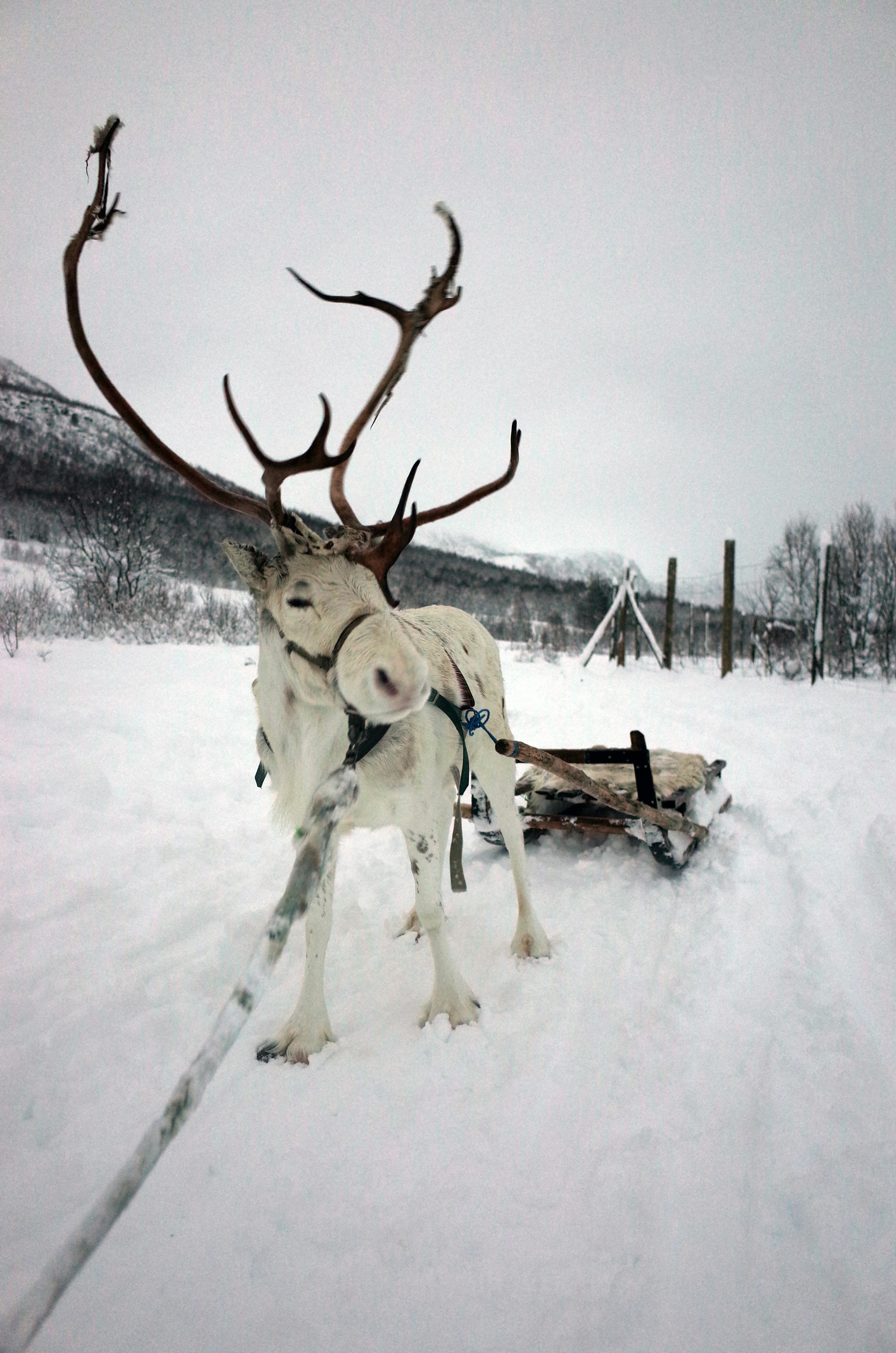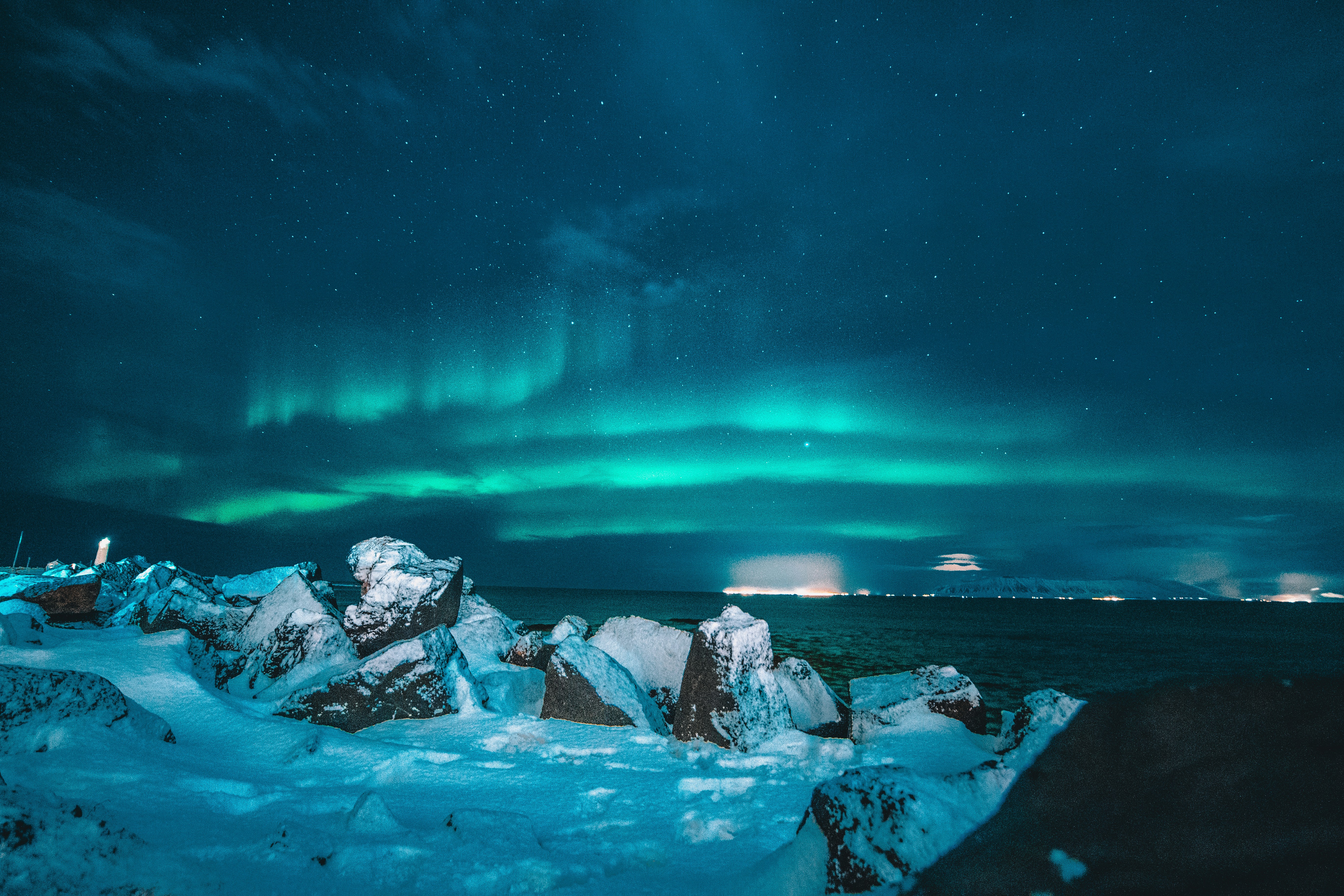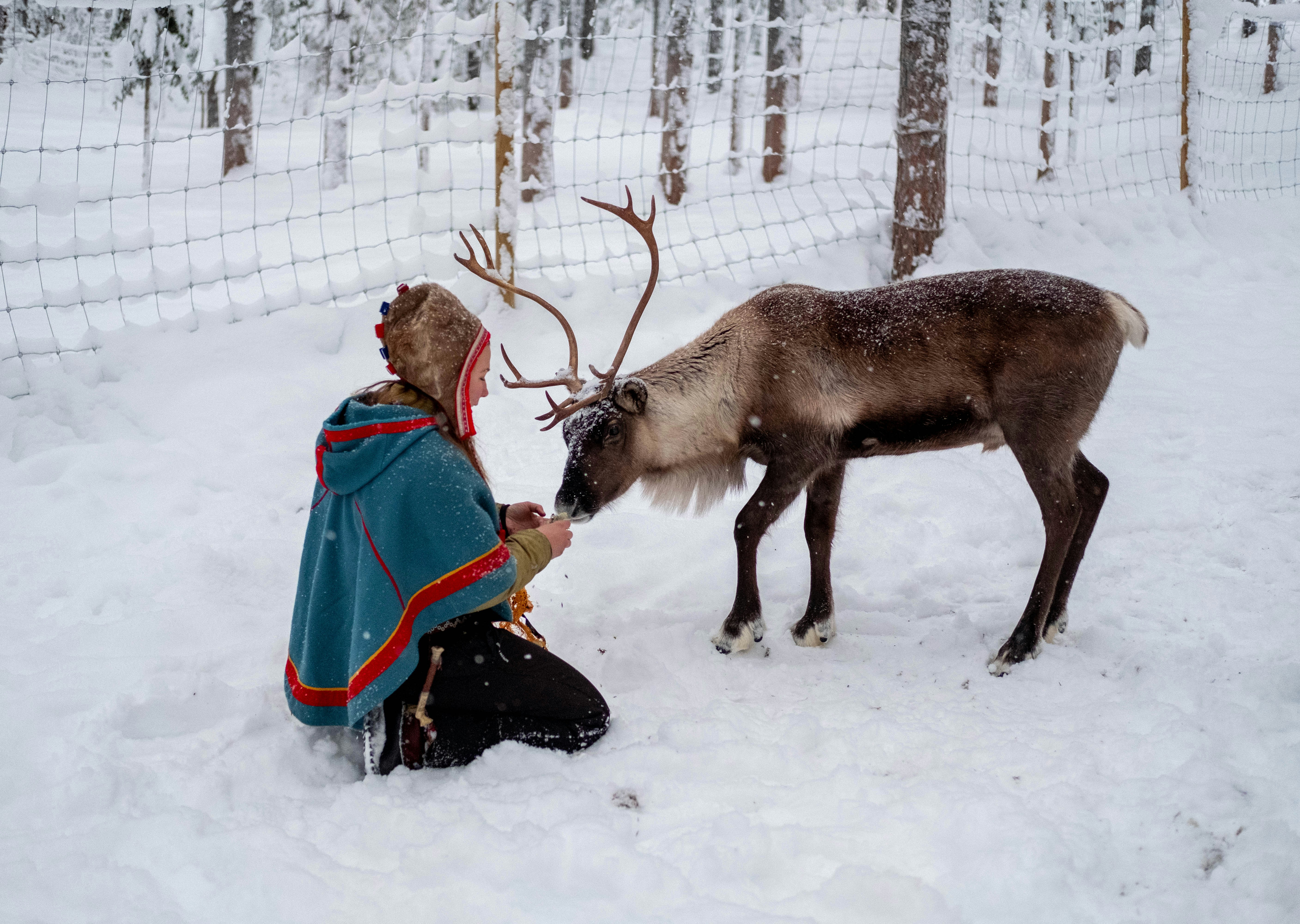Wildlife Encounters in the Arctic Wilderness
From reindeer herds to arctic foxes, explore the incredible wildlife that calls the Lyngen Alps home.
Wildlife Encounters in the Arctic Wilderness
The Lyngen Alps and surrounding fjords host an incredible array of Arctic wildlife. From massive reindeer herds to elusive arctic foxes, the region offers unforgettable wildlife encounters for those who know where to look.
Reindeer: Icons of the Arctic
Semi-domesticated reindeer are perhaps the most iconic animals of the Arctic, and the Lyngen Peninsula is home to several herds managed by local Sami families.
About Arctic Reindeer
- Adaptation: Perfectly adapted to extreme cold with double-layered coats
- Migration: Follow ancient migration routes between summer and winter pastures
- Diet: Primarily lichens, grasses, and Arctic plants
- Social structure: Live in herds with complex social hierarchies
Best Times for Reindeer Encounters
- Summer months: Herds are often visible on high plateaus
- Migration periods: Spring and autumn offer spectacular viewing opportunities
- Winter: Reindeer come to lower elevations, making them easier to spot
Marine Wildlife
The fjords and coastal waters around Lyngen teem with marine life.
Whales and Dolphins
- Orcas: Frequently spotted during summer months
- Humpback whales: Migrate through the area
- Minke whales: Year-round residents
- White-beaked dolphins: Playful visitors to the fjords
Seals
- Harbor seals: Common in protected bays
- Ringed seals: Adapted to ice-covered waters
- Grey seals: Occasional visitors from more southern waters
Arctic Birds
The region is a paradise for bird enthusiasts, with both resident and migratory species.
Year-Round Residents
- Ptarmigan: Masters of camouflage
- Snowy owls: Magnificent Arctic predators
- Ravens: Intelligent corvids adapted to harsh conditions
- Sea eagles: Impressive raptors soaring over fjords
Seasonal Migrants
- Arctic terns: Incredible long-distance migrants
- Puffins: Charming seabirds nesting on coastal cliffs
- Various gull species: Taking advantage of rich feeding grounds
- Sandpipers: Shorebirds feeding in coastal areas
Terrestrial Mammals
Beyond reindeer, several other mammal species call this region home.
Predators
- Arctic foxes: Elusive and beautifully adapted to polar conditions
- Red foxes: More common and adaptable
- Brown bears: Occasional visitors to the region
- Wolverines: Rare but present in remote areas
Small Mammals
- Lemmings: Important prey species for many predators
- Arctic hares: Well-camouflaged and remarkably fast
- Stoats: Small but fierce predators
Wildlife Photography Tips
Capturing Arctic wildlife requires patience and preparation:
Equipment Essentials
- Telephoto lens: 300mm minimum for wildlife photography
- Weather protection: Covers for camera and lens
- Extra batteries: Cold weather drains power quickly
- Tripod: Essential for stability in windy conditions
Photography Techniques
- Respect wildlife: Maintain safe distances
- Use natural blinds: Rock formations and vegetation
- Golden hour shooting: Early morning and late evening light
- Patience: Wildlife photography requires waiting for the right moment
Conservation and Respect
Experiencing Arctic wildlife comes with responsibility:
Guidelines for Wildlife Encounters
- Maintain distance: Use binoculars and telephoto lenses
- Don't feed animals: This can harm their natural behavior
- Stay on designated paths: Protect fragile Arctic vegetation
- Support conservation: Choose tour operators committed to sustainability
Climate Change Impact
Arctic wildlife faces significant challenges from climate change:
- Changing migration patterns
- Habitat loss due to warming temperatures
- Shifts in food availability
- Increased human activity in previously remote areas
Seasonal Wildlife Calendar
Spring (March-May)
- Reindeer migration begins
- Bird migration starts
- Arctic foxes in winter coats
- Marine mammals return to ice-free waters
Summer (June-August)
- Peak bird activity and nesting
- Reindeer in summer pastures
- Maximum daylight for wildlife observation
- Whales feeding in nutrient-rich waters
Autumn (September-November)
- Fall migration spectacular
- Reindeer returning to winter grounds
- Animals preparing for winter
- Aurora season begins
Winter (December-February)
- Arctic-adapted species most active
- Reindeer in winter habitats
- Potential for rare Arctic visitors
- Northern lights provide dramatic backdrops
Experience the wild side of the Arctic during your stay at Lyngen Seaside, where every season brings new wildlife encounters.


